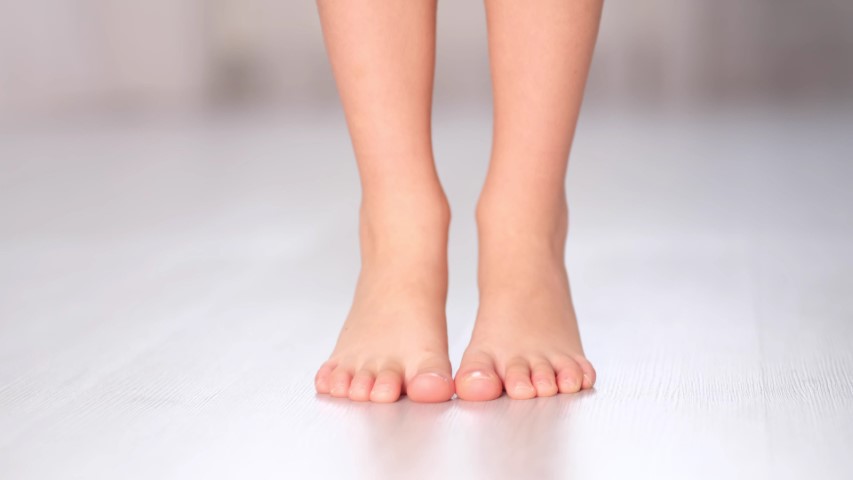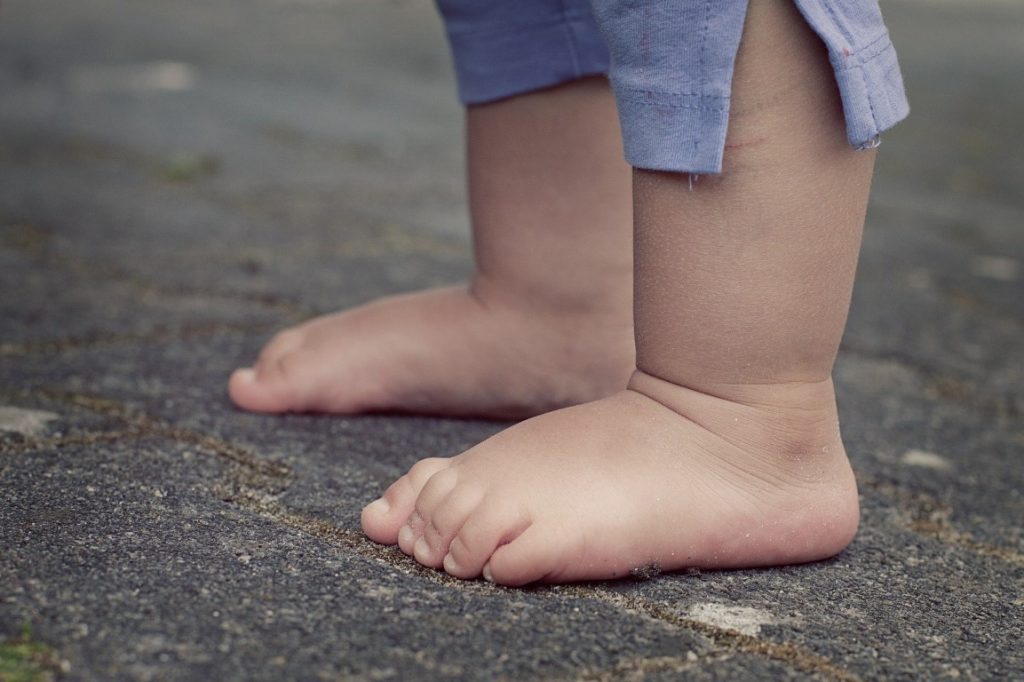A bunion is a bony bump at the side of the big toe joint. It is not a bony bump on the top of the joint. That bump on top is likely an arthritic bump.
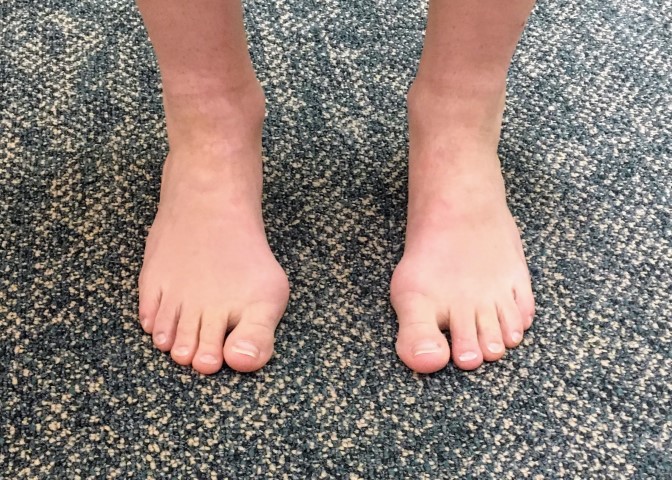
The bunion, this bony bump on the side, forms when the bones that make up the big toe joint become misaligned. It’s basically a dislocation of the big toe joint, the joint formed by the toe and the metatarsal. A metatarsal is the long bone within the foot that each toe is joined to. When the big toe shifts toward the second toe(this shift is called hallux valgus), the force from soft tissues like ligaments and tendons, causes the 1st metatarsal to start to shift away from the foot, to the inside of the foot. And the head of the metatarsal starts to protrude, causing the bunion to form.
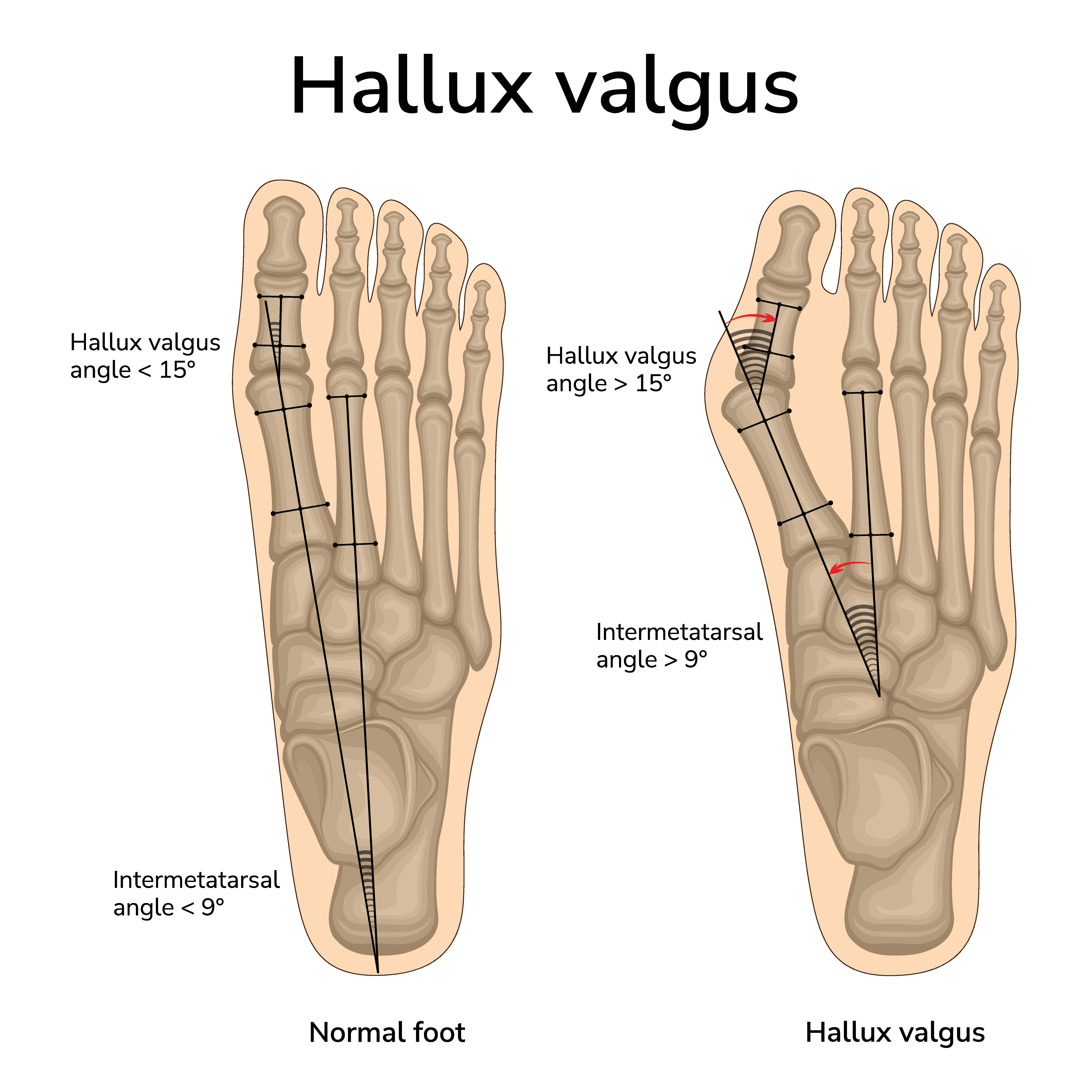
It is a gradual process and may not be painful at first. But as it progresses, it can cause pain and challenges in finding comfortable fitting shoes. When the deformity reaches a certain angle, or when pain becomes a significant factor affecting your quality of life, surgery can become an option.
But what can be done before surgery becomes your last option?
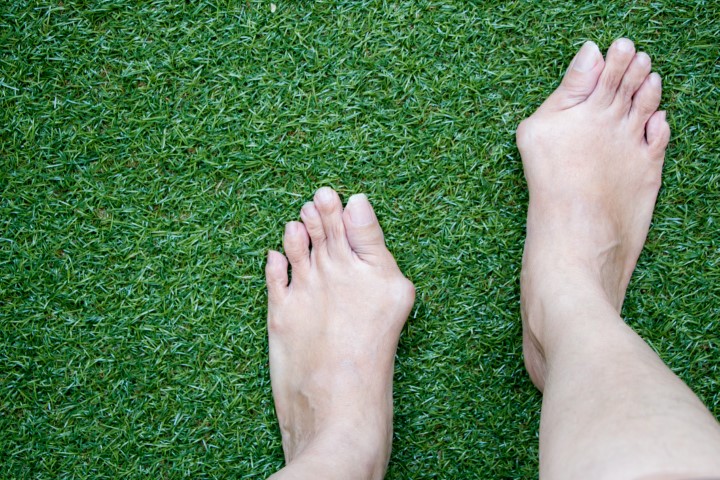
Well, for starters, proper fitting footwear is key at all ages, but especially when you are young. There are many studies that show a correlation between shoes that are too small and bunions forming, specifically in girls aged 9 and boys aged 10.
Studies show that children’s peak foot growth occurs well before peak overall body growth, and typically occurs in the age range of 7-8 years in girls and 8-9 years in boys. So frequently checking your child’s shoe fit is imperative, especially up to the age of 11, and checking fit while they are standing to make sure they have approximately 1 cm beyond their longest toe is key.
Into adulthood, shoe fit and style continue to affect the hallux valgus angle and the formation of bunions. Multiple studies show an increased incidence and severity with wearing shoes with higher heels and narrower toe boxes. And this is statistically higher in women aged 20 to 29.
But shoe style is not a significant factor in fitting children with shoes, so fit becomes the issue with early bunion prevention. Many studies have shown that 40-70% of children under the age of 12 are wearing shoes that are too small for them.
When you are shopping for shoes for your child, make sure there is 10 mm (1 cm) beyond their longest toe, when they are standing in the footwear.
Measure your finger and thumb width and use the digit that is 10 mm in width as your guide when shopping, as it’s not always your thumb or your index finger.
And understand that when your child walks, their forefoot widens during gait(walking), so avoid pointy footwear.
Listen to your child and establish whether they perceive the footwear to be comfortable, as your child’s perception of comfort should be a deciding factor when purchasing the proper fitting footwear.
If your child’s feet are growing normally, allow your child to go barefoot when indoors.
Pedorthists are experts in foot mechanics and gait, orthotics and footwear. If you have any concerns about your child’s feet, make an appointment with a Pedorthist to evaluate your child’s feet and have them check for proper shoe fit.
